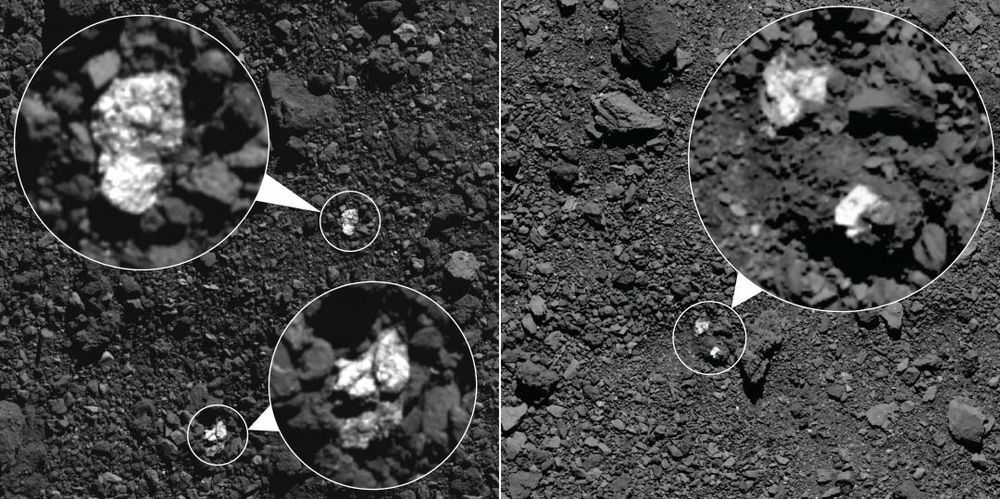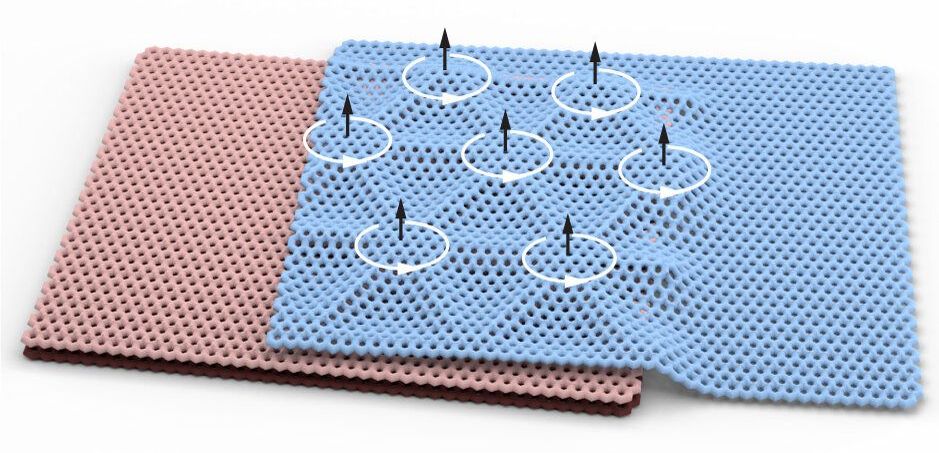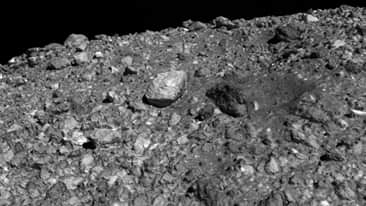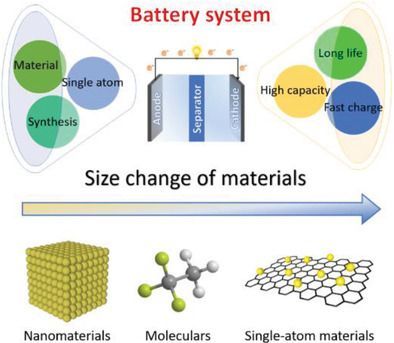Oct 15, 2020
NASA is getting ready to land on an asteroid that may hold the building blocks of life
Posted by Alberto Lao in categories: materials, space
With NASA getting ready to land a spacecraft on the asteroid Bennu in just a few short days, the mysterious space rock is already revealing some of its secrets, including the presence of carbon-bearing materials.
Several studies were published on the matter in the journals Science and Science Advances, noting that carbon-bearing, organic material is “widespread” on the surface of the asteroid. This includes the area where NASA’s OSIRIS-REx spacecraft will take its first sample from, known as Nightingale, on Oct. 20.
“The abundance of carbon-bearing material is a major scientific triumph for the mission. We are now optimistic that we will collect and return a sample with organic material – a central goal of the OSIRIS-REx mission,” said Dante Lauretta, OSIRIS-REx principal investigator at the University of Arizona in Tucson, in a statement.

















